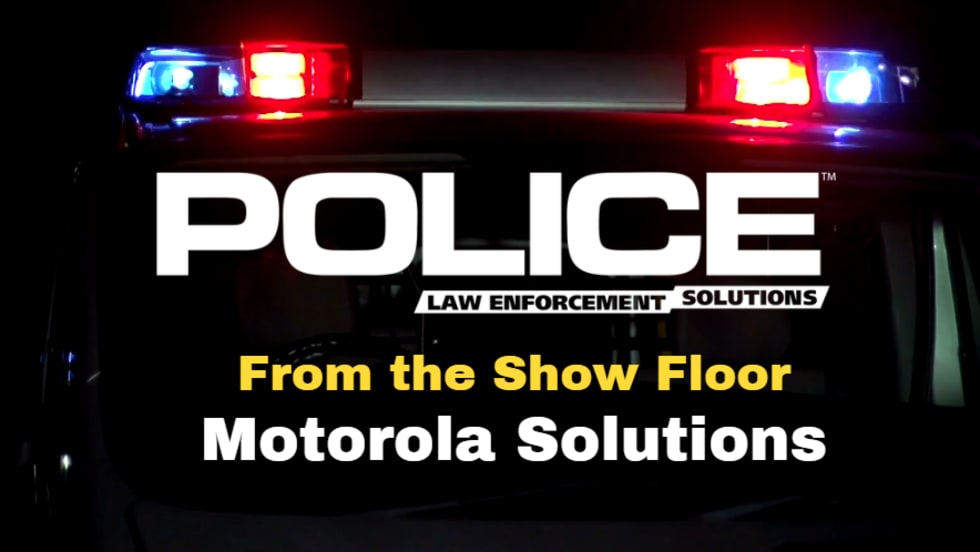Protest how unfair it all is if you must, but "Congress shall make no law… abridging the freedom of… the press." Which means this is basic First Amendment stuff, so the press is allowed to sell it. And what the press sells, as always, is controversy. Still, the controversial videos raise legitimate questions about the quality of the police work that is seen.
It's not news, as they say, when dog bites man. Ah, but when man bites dog that's a story. And the same is true for law enforcement officers. When you are shown doing your job professionally and in respect of the rights of the people you encounter, that's not news, and it won't be shown on the news. But when a fellow officer shoots an unarmed, fleeing person in the back for head-scratching reasons or a group of fellow officers kick and thump on a suspect who puts his hands behind his back in the normal felony handcuffing position and these actions are recorded on video, the footage will be shown over and over.
We've seen a lot of people biting a lot of dogs in our profession lately. Some of it's shocking, some of it's ugly, some of it is pretty cool, like the officer who righteously rammed a rifle-toting nutjob with his patrol car before he could reach a business complex full of people, preventing a possible standoff without shooting and killing the gunman.
But some of what we see is not defensible police work. A growing percentage of the public seems to be of a mind that the actions of officers doing the wrong things, which are captured on sensational videos, are the norm in our profession, instead of aberrations.
And when the public sees a news video that apparently shows an officer committing excessive force, the incessant media-driven quest for "Justice! Now!" puts false hope in the minds of many that there will be quick and easy answers for complex events. The 60-minute solutions to TV crime drama investigations and instant interpersonal digital communications capabilities drive these false expectations, and many do not see just how unreasonable such expectations are. In the real world investigations take time and with major use-of-force incidents, concurrent investigations are underway by the local agency, the district attorney, the county medical examiner or coroner, and (increasingly often) the U.S. Department of Justice. So there will be no quick answers regardless of how much people demand them.












